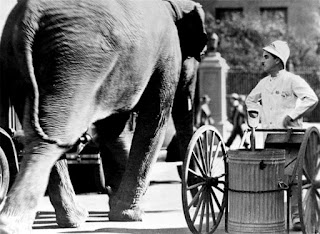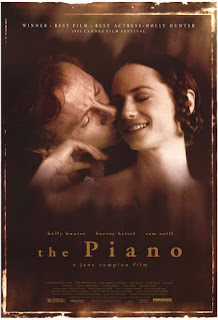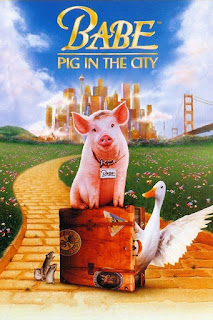September 1st: CITY LIGHTS (Charles Chaplin, 1931)
NOTE: This film will be projected in the high-definition Blu-ray format.
A tramp has a series of interactions with a blind flower girl and a drunk millionaire.
Despite the recent implementation of sound in film (particularly synchronized speech), Charles Chaplin neglected to give into the pressure of new technology and went ahead with beginning another silent production, enabled by his popularity as well as being a co-owner of his own studio, United Artists. Moreso than being resistant to new advances in the craft, Chaplin worried about the disappearance of the art of silent pantomime which he had cultivated over the course of his career.
Returning to his trademark "Little Tramp" character, Chaplin expanded ideas from his previous works to create the characters of the Blind Girl and the Eccentric Millionaire. While the script took a year to write, much of the action would be conceived or improvised on set. The director commissioned the construction of two city streets and an intersection, and a 5-acre pool for his new production.
Acting alongside Chaplin are Virginia Cherrill in her feature debut, and former Keystone Studios player Harry Myers. His first scene with Cherrill was worked on for several months beginning in December of 1928, set aside, and worked on again later when inspiration struck. Nearly a year after production started Chaplin temporarily fired Cherrill before bringing her back.
By the time shooting completed in September of 1930, Chaplin had sunk $1.5 million into the production, nearly everything he had. The editing process took just two months, with Chaplin for the first time using sound effects and a musical score written specifically for the whole film. The score was composed by Chaplin and Arthur Johnson with a recurring theme borrowed from Jose Padilla.
The film alternates between broad slapstick and more subtle sight gags, as well as drawing both humor and pathos from its multiple cases of mistaken identity. Chaplin's pioneering work in combining comedy and melodrama (something rarely seen before his features appeared) culminates in a final scene that is one of the most memorable and moving in all of cinema.
Chaplin held premieres on both coasts, putting additional money into advertising. In further defiance of "talkies", he raised the ticket prices above the normal amount, believing his work as a novelty worthy of a premium. His gamble paid off, with the film opening to positive reviews and an impressive haul of $5 million at the box office in its initial worldwide release.
In the years to follow the film would have successful re-releases, and be praised by film critics and fellow directors, including Orson Welles, Stanley Kubrick, Andrei Tarkovsky, Woody Allen, and Federico Fellini. It has placed high on various polls of history's greatest films, and is widely regarded as Chaplin's best.
Running time is approx. 90 min.











Comments
Post a Comment